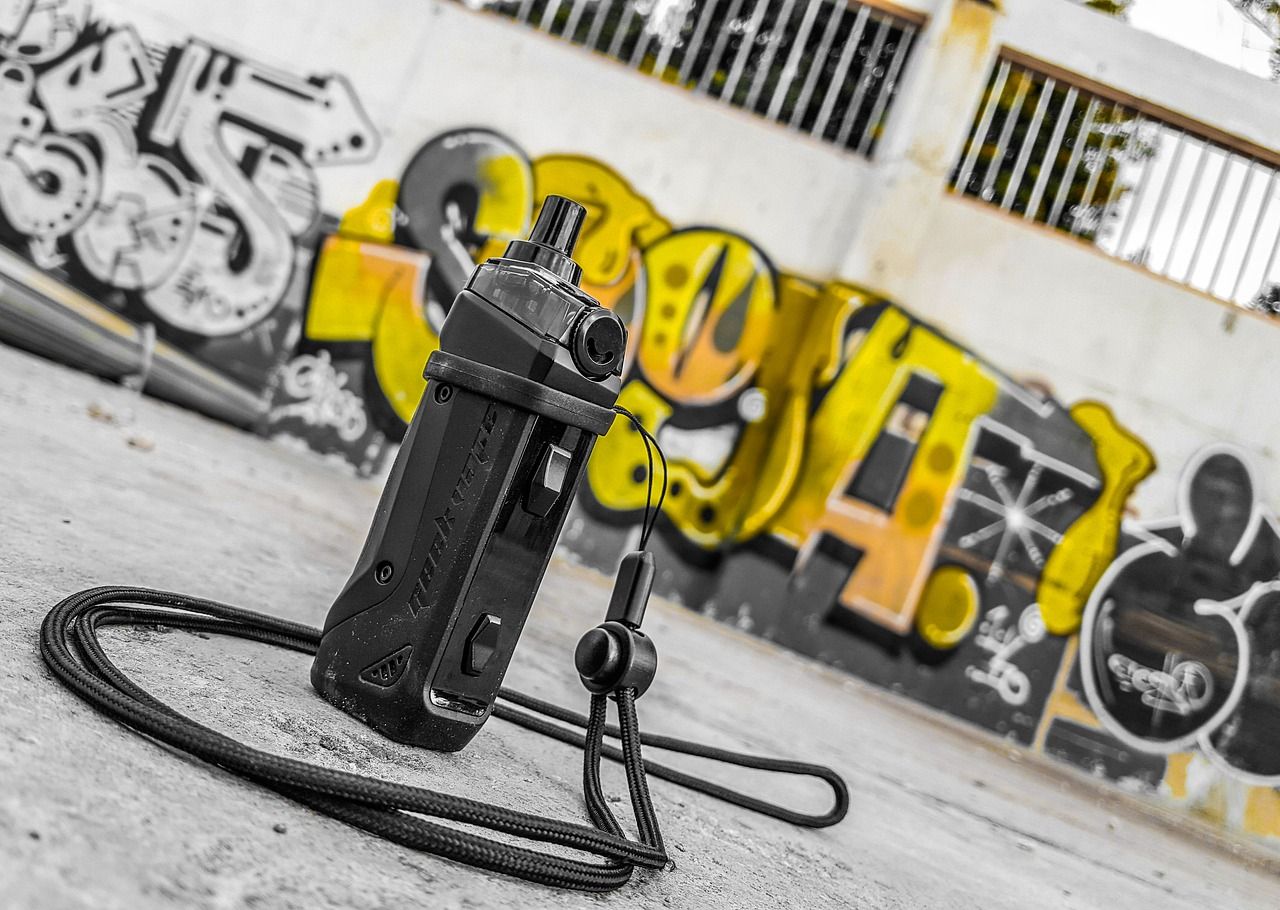Vaping has become a global phenomenon, with millions of users turning to e-cigarettes as an alternative to traditional tobacco smoking. However, the legal landscape surrounding vaping varies significantly across different countries, reflecting diverse health policies, regulatory approaches, and cultural attitudes toward nicotine consumption. This article explores vaping laws worldwide, comparing regulations in various regions and assessing their impact on public health and industry growth.
A Revolutionary Vaping Experience
In the ever-evolving world of vaping, innovation continues to reshape the market. One such advancement is the Pyne Pod, a sleek and user-friendly device designed for convenience and efficiency. Unlike traditional options, it offers a smooth, flavorful experience with minimal maintenance. Its compact design makes it easy to carry, while the advanced technology ensures consistent performance. Whether you're a beginner or a seasoned user, this device provides an optimal balance of style and functionality. With a variety of flavors and a long-lasting battery, it caters to diverse preferences, making it a game-changer in the vaping industry.
1. North America
United States
In the United States, vaping regulations are primarily governed by the Food and Drug Administration (FDA) under the Family Smoking Prevention and Tobacco Control Act. The FDA categorizes e-cigarettes and vaping products as tobacco products, imposing stringent requirements, including:
- A minimum purchasing age of 21 under the Tobacco 21 law.
- Pre-market authorization for new vaping products.
- Restrictions on advertising and flavor bans in several states.
- Bans on sales of flavored e-cigarettes in some jurisdictions to curb youth vaping.
State and local governments also implement additional regulations, with some cities imposing complete bans on flavored vapes or restricting public vaping.
Canada
Canada regulates vaping under the Tobacco and Vaping Products Act (TVPA), which allows the sale of nicotine-containing e-cigarettes but imposes:
- A minimum age of 18 or 19 (depending on the province).
- Health warnings on packaging.
- Bans on certain promotional activities.
- Nicotine concentration limits (20 mg/ml in some provinces).
Some provinces, like Nova Scotia and Prince Edward Island, have stricter flavor bans and higher taxation on vaping products.
2. Europe
United Kingdom
The UK has embraced vaping as a harm reduction tool, allowing e-cigarettes as a smoking cessation aid. The Medicines and Healthcare products Regulatory Agency (MHRA) enforces vaping laws, including:
- A nicotine limit of 20 mg/ml.
- A maximum e-liquid bottle size of 10 ml.
- Mandatory health warnings on packaging.
- Advertising restrictions for e-cigarette promotions.
Public Health England supports vaping as a 95% safer alternative to smoking, leading to a progressive stance that encourages smokers to switch to vaping.
European Union
The EU Tobacco Products Directive (TPD) governs e-cigarettes in EU member states, mandating:
- A nicotine concentration cap of 20 mg/ml.
- A limit of 2 ml for e-cigarette tanks.
- Strict advertising regulations similar to traditional tobacco products.
- Registration of vaping products before sale.
Some countries, like Denmark and Finland, have stricter laws, including flavor bans and heavier taxation, while others, like France and Germany, maintain a relatively moderate stance.
3. Asia
China
As the birthplace of modern e-cigarettes, China has a booming vape industry but increasing regulations. The State Tobacco Monopoly Administration (STMA) now classifies e-cigarettes as tobacco products, imposing:
- Licensing requirements for vape manufacturers and sellers.
- Bans on online sales and flavored vapes.
- Advertising restrictions to limit youth exposure.
Despite strict laws, China remains the world's largest producer of vaping devices, exporting billions of units annually.
Japan
Japan has a unique vaping market where nicotine-containing e-liquids are banned unless approved as medicinal products. However, heat-not-burn (HNB) products, such as IQOS, are legal and widely used, benefiting from less restrictive regulations compared to traditional cigarettes.
India
In 2019, India implemented a nationwide ban on e-cigarettes, citing public health concerns. The law prohibits:
- The production, import, sale, and distribution of vaping products.
- Possession of vapes, with penalties including fines and imprisonment.
Despite the ban, a black market persists, with reports of continued e-cigarette use among Indian consumers.
4. Australia and New Zealand
Australia
Australia enforces some of the strictest vaping laws globally. Nicotine e-cigarettes are classified as prescription-only products, meaning:
- Users need a doctor's prescription to legally obtain nicotine-containing vapes.
- Heavy restrictions exist on the sale and import of nicotine vaping products.
- High fines apply for illegal possession or sale.
Despite this, a growing movement advocates for more accessible vaping regulations as a smoking cessation aid.
New Zealand
New Zealand has adopted a more progressive stance, similar to the UK. The Smokefree Environments and Regulated Products Act 2020 allows regulated vaping, including:
- Sales to adults aged 18+.
- Product safety standards and labeling requirements.
- Flavor restrictions for general retailers (specialist vape shops can sell a wider variety).
- A phased approach toward a smokefree generation policy by 2025.
5. The Middle East and Africa
United Arab Emirates (UAE)
The UAE initially banned vaping but lifted the ban in 2019 under the Emirates Authority for Standardization and Metrology (ESMA) regulations, which include:
- Legal sale of e-cigarettes with safety and quality standards.
- Restrictions on advertising and public vaping.
Saudi Arabia
Saudi Arabia permits vaping but applies high taxation on e-cigarette products, sometimes making them more expensive than traditional cigarettes.
South Africa
South Africa is in the process of updating its vaping laws under the proposed Control of Tobacco Products and Electronic Delivery Systems Bill, which aims to:
- Regulate vaping similarly to tobacco.
- Introduce advertising restrictions.
- Set health warning requirements on packaging.
Conclusion
Vaping regulations around the world vary significantly, reflecting each country's approach to public health, youth protection, and tobacco harm reduction. While some countries embrace e-cigarettes as a smoking cessation tool (e.g., the UK and New Zealand), others impose strict bans (e.g., India and Australia). The ongoing debate over vaping's role in harm reduction versus its potential risks continues to shape global policies, making it essential for vapers and industry players to stay informed about evolving laws and regulations.
